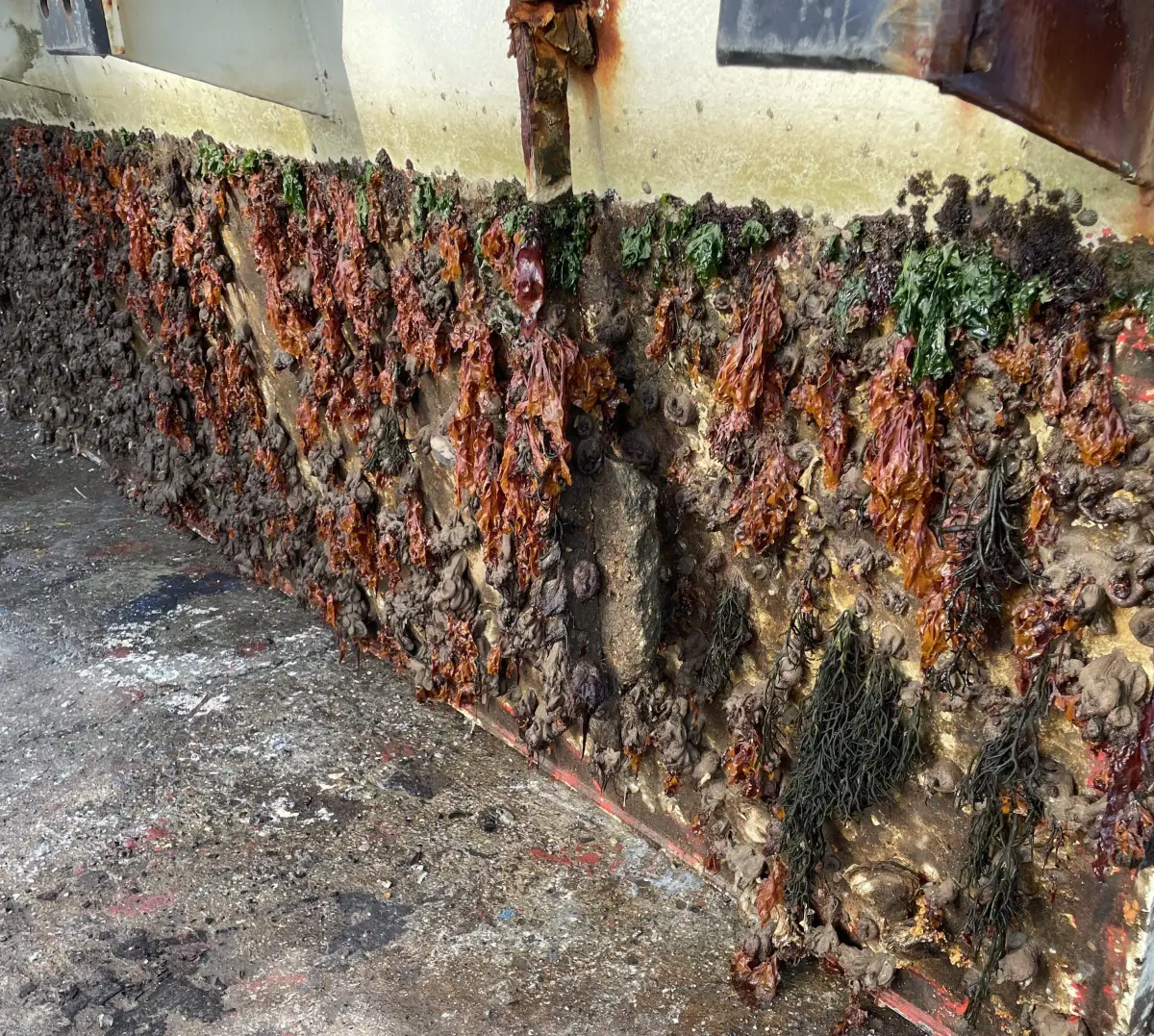Caring for our Port Ecosystem
Managing port marine environments from invasive marine species (IMS) is an ongoing effort to ensure the preservation of biodiversity and protection of aquatic habitats.
Posted
21 August 2024
Tags
Managing port marine environments from invasive marine species (IMS) is an ongoing effort to ensure the preservation of biodiversity and protection of aquatic habitats.
Posted
21 August 2024
Tags
TasPorts’ Senior Adviser Environment, Toni Furlonge, said building a database of aquatic species in our ports is important for both the organisation and vessels entering Tasmania’s ports.
“Maintaining a database of species in and around our ports is important to managing ecological condition, regulatory compliance, biosecurity and research,” she said.
“An IMS database provides us with information to detect changes over time, as well as early identification of invasive species.
TasPorts added to its IMS database following the removal of small craft pontoons, which were in Devonport’s Mersey River for 27 years, and are being replaced.
Toni said the pontoons were towed to the Mersey Slip and brought above water, providing a valuable opportunity to assess the local marine species living on the pontoons.
“Our initial observations are very encouraging,” she said.
“No new invasive marine species were detected, and the pontoons themselves showed only expected wear after their long service.
“These findings contribute to our ongoing efforts to manage the marine environment and contribute to our database.
“This information is important for incoming vessels to understand sensitive areas, minimise environmental impact, adhere to environmental regulations, including ballast water management and prevent the introduction or spread of invasive species.
“Information and research are key to continuous improvement, and our approach at TasPorts is to continue to improve our knowledge on port ecosystem condition to enable better understanding of our ports’ marine environment.”

The Port of Devonport has been certified by EcoPorts, the global environmental and sustainability standard for the port sector.